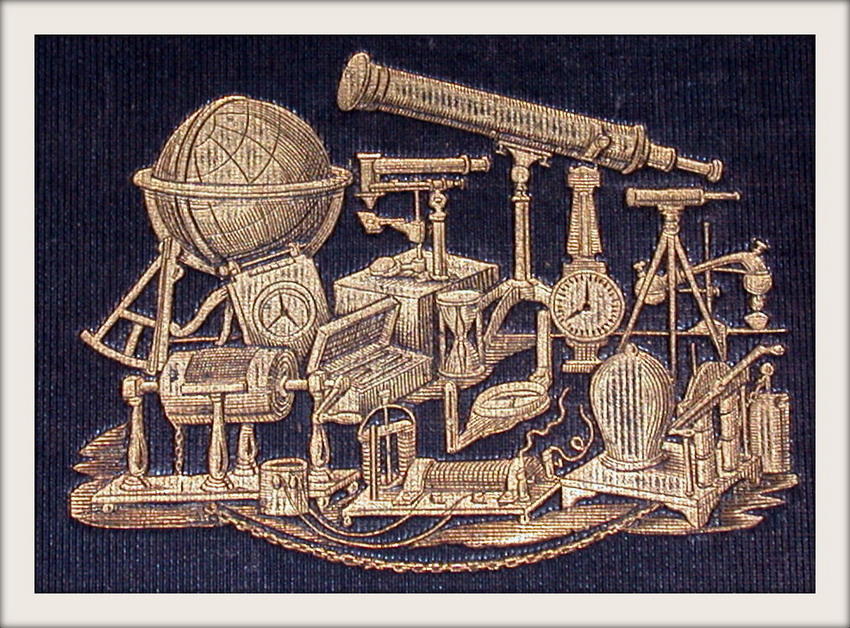Wraps
1892 · New York
by Edison, Thomas
New York: Edison Phonoplex / Edison Manufacturing Company, 1892. Wraps. Good. 38, [2 (blank)] pages. 8vo. Publisher's tan wrappers printed in black. Stapled with wrappers affixed to the text block. Hard fold to front cover with archival tape reinforced break to lower half. Small chip missing on bottom edge. Portions of spine lacking. Overall light soiling. Wrappers are approaching brittle. Six figures in the text, plus additional illustrations in several of the advertisements. The address for Edison Phonoplex "Edison Building, Broad Street, New York" has been canceled in red printed ink with a new address (also in red) "110 East 23d Street, New York". An advertisement on page 38 for the Edison Lalande battery has a similar address correction. Wraps. "The Edison Phonoplex System: [was an] unincorporated business ... established to market Edison's phonoplex to railroad and telegraph systems in the United States and Canada. This system, which he developed in 1885-86, was an induction telegraph system that used a telephone as a receiver and permitted communication between way stations." (Rutgers Thomas Edison Papers).
The system was a success for Edison. A group of three documents which sold at Freeman/Hindman Auctioneers in 2020 for $6500 tells the success story concisely. The papers re-negotiated a previous agreement between Edison and Western Union Telegraph Company dated January 17, 1898, setting new royalties for the use of the Phonoplex system by Western Union Telegraph Company. In essence, the system would allow two or more signaling circuits to exist on a single circuit (wire) without interference, reducing significantly physical plant requirements for working telegraph systems. The new royalty rates were (for < 25 miles of circuit) $25/year per circuit, 25-75 miles per circuit an additional $1/mile/year, to a maximum of $75/year/circuit.
This pamphlet is mostly an advertising piece for the Edison Phonoplex system, but includes items that are made by the Edison Manufacturing Company which can be used with the system. Dated based on the testimonial letters found throughout. Inside rear wrapper notes sixteen licensees. The system was sold at least until 1901 given an advertisement in The Telegraph Age, January 1, 1901 found online.
A scarce publication, with only five examples found in OCLC as of this writing: Cornell, NJ State Library, SOUTHERN METHODIST UNIV's DEGOLYER LIBR, and MIT. A fifth at INGENIUM LIBR & ARCHS is a microform copy.
PROVENANCE:
The reference collection of communications historian William "Bill" Holly. (Inventory #: 29394)
The system was a success for Edison. A group of three documents which sold at Freeman/Hindman Auctioneers in 2020 for $6500 tells the success story concisely. The papers re-negotiated a previous agreement between Edison and Western Union Telegraph Company dated January 17, 1898, setting new royalties for the use of the Phonoplex system by Western Union Telegraph Company. In essence, the system would allow two or more signaling circuits to exist on a single circuit (wire) without interference, reducing significantly physical plant requirements for working telegraph systems. The new royalty rates were (for < 25 miles of circuit) $25/year per circuit, 25-75 miles per circuit an additional $1/mile/year, to a maximum of $75/year/circuit.
This pamphlet is mostly an advertising piece for the Edison Phonoplex system, but includes items that are made by the Edison Manufacturing Company which can be used with the system. Dated based on the testimonial letters found throughout. Inside rear wrapper notes sixteen licensees. The system was sold at least until 1901 given an advertisement in The Telegraph Age, January 1, 1901 found online.
A scarce publication, with only five examples found in OCLC as of this writing: Cornell, NJ State Library, SOUTHERN METHODIST UNIV's DEGOLYER LIBR, and MIT. A fifth at INGENIUM LIBR & ARCHS is a microform copy.
PROVENANCE:
The reference collection of communications historian William "Bill" Holly. (Inventory #: 29394)





